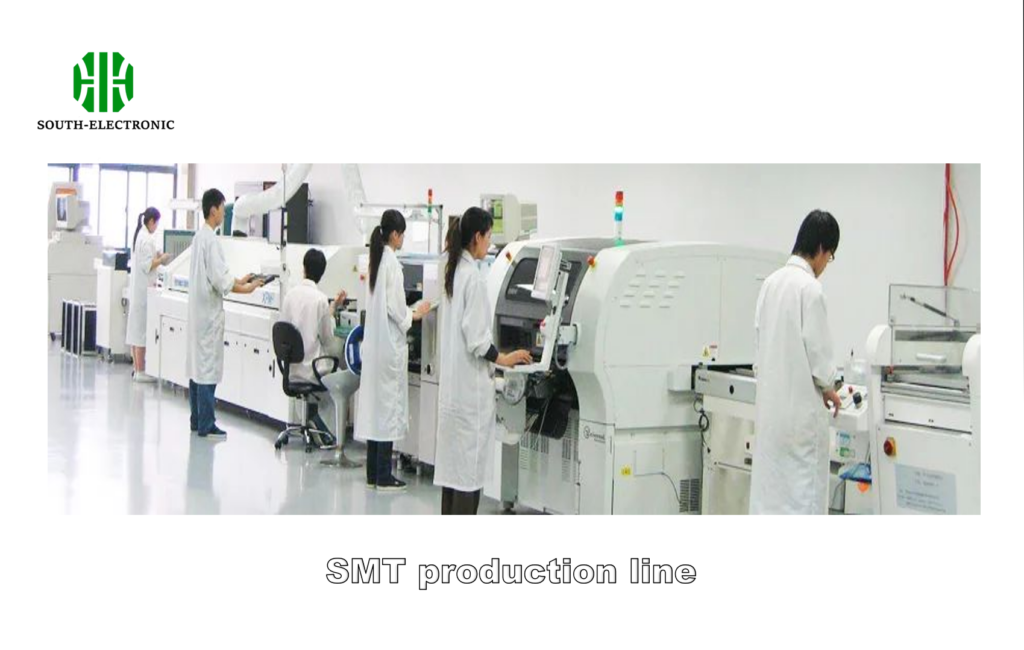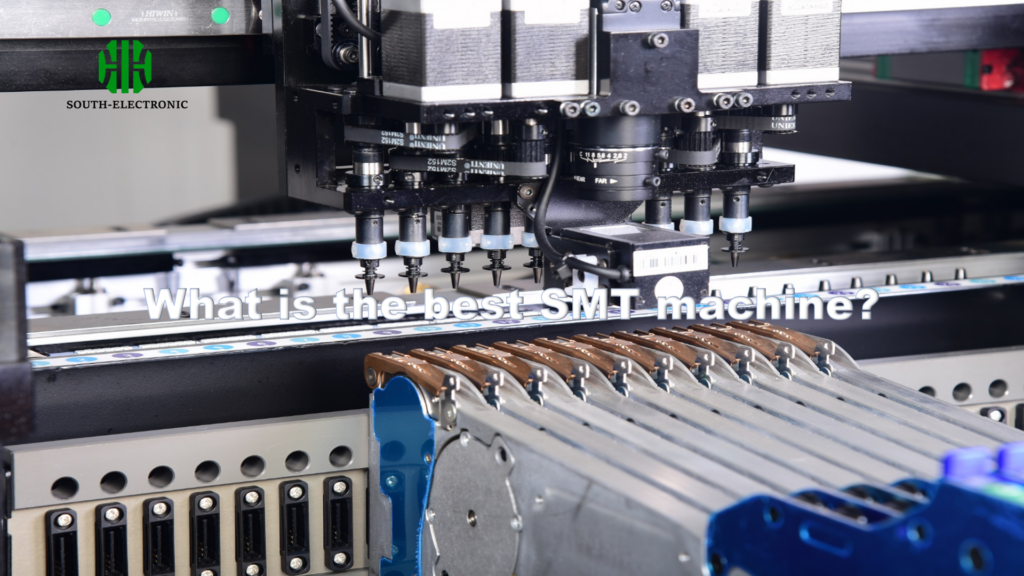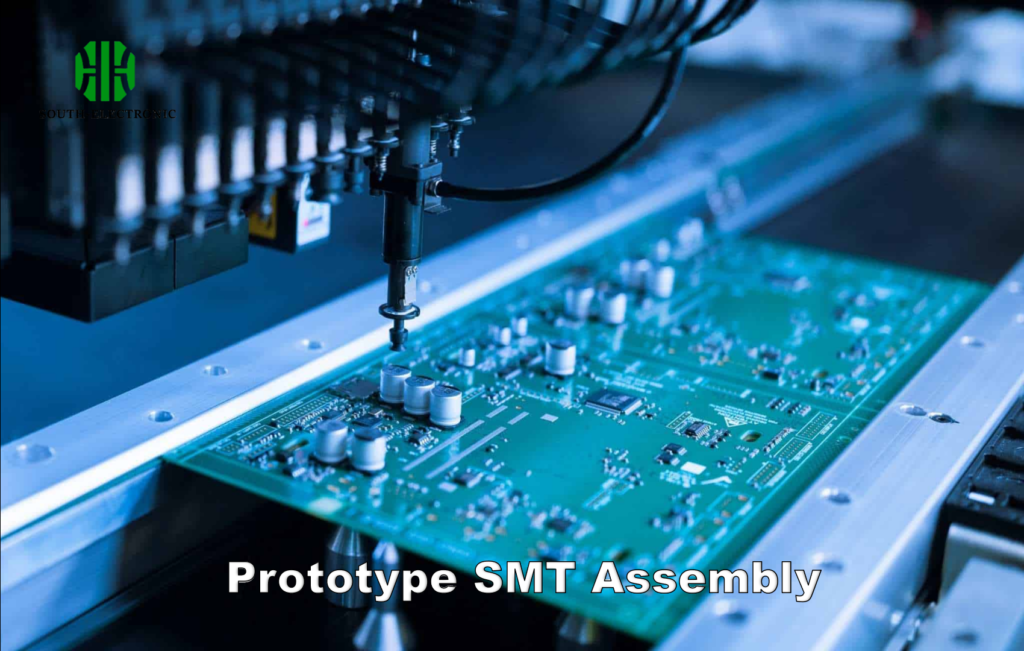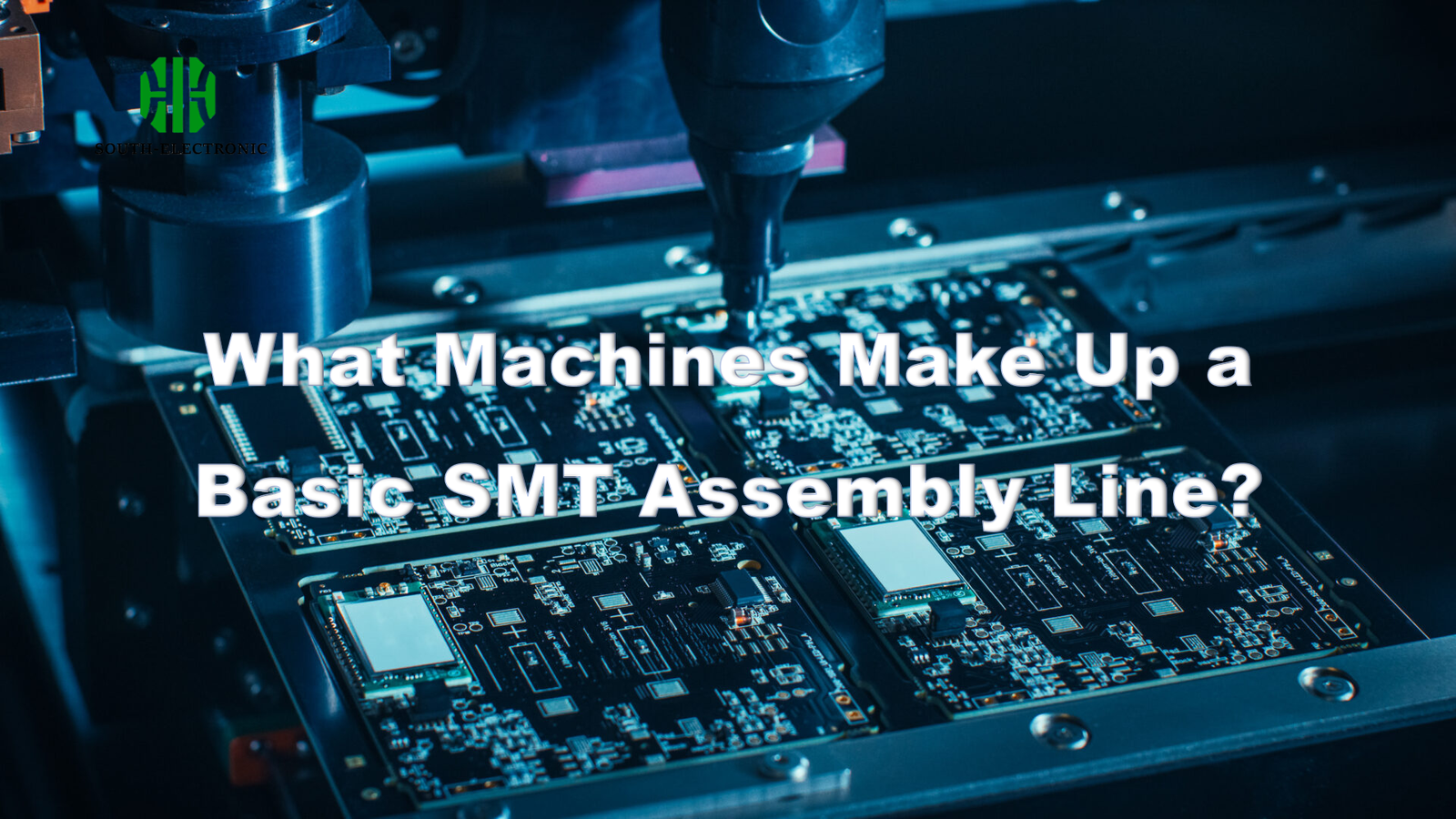Feeling overwhelmed by complex manufacturing setups? PCB dreams stalled? Cut through the noise. Discover the three core machines that make SMT work.
A basic SMT assembly line features a stencil printer for solder paste, a pick-and-place machine for component mounting, and a reflow oven for soldering. These automated tools precisely assemble circuit boards efficiently, forming production’s backbone.

Getting this trio working together is key. Now let’s explore their specific roles and impact. Each machine directly affects your success.
How Do SMT Pick-and-Place Machines Impact Speed, Accuracy & Versatility?
Components scattered? Production slowing? Your pick-and-place machine holds the solution. This hero handles the heavy lifting.
These machines define speed through components-per-hour rates, ensure accuracy via vision systems, and achieve versatility via adjustable nozzles/feeders. They handle ICs or tiny capacitors without slowing.

Breaking Down Performance Factors
Critical aspects shape pick-and-place effectiveness:
| Factor | How It Functions | Practical Impact |
|---|---|---|
| Speed | Measured in CPH (components/hour) | More boards completed daily |
| Accuracy | Uses cameras to place ±0.025mm | Reduces soldering defects and rework |
| Versatility | Changeable nozzles for varied component sizes | Uses one machine for complex board jobs |
Speed matters for large orders. I’ve seen 30,000+ CPH units cut assembly times drastically. Higher speed often costs more though. Accuracy prevents “tombstoning” or shifted parts. Modern vision systems check rotations and alignments during placement. Without this, tiny resistors misalign. Versatility means handling QFN chips and large capacitors. This avoids buying specialized equipment. Adjusting feeder positions lets you run mixed jobs quickly. Good brands like Juki enhance these with intuitive interfaces. Always test placement repeatability during machine trials.
Choosing an SMT Pick-and-Place Machine: Key Factors for Your Production Needs
Choosing wrongly? Bottlenecks forming? Focus your decision with these essentials. Save money and headaches.
Prioritize placement rate (CPH), component size range, camera capabilities, and budget. Match these to your typical PCB volumes. Mid-range models often provide the best balance.

Key Selection Criteria
Use this framework to compare options clearly:
| Criteria | Low-Volume Needs | High-Volume Needs |
|---|---|---|
| Placement Speed | 5K-20K CPH | 30K-50K+ CPH |
| Component Range | 0201 to 30mm BGAs | 01005s to 45mm connectors |
| Vision Setup | Single camera | Dual cameras + 3D alignment |
| Budget Priority | Under $50K | $60K-$300K+ |
Speed needs tie directly to order sizes. Small shops rarely require ultra-fast smt machines. Big factories avoid slow units. Component compatibility decides if your boards can run at all. Check nozzle types and feeder slots. Can you mount 0.4mm BGAs? Confirm before buying. Vision systems vary widely. Entry machines handle basic parts. Advanced options fix bent leads or tilted chips. Training machine operators affects outcomes too. Complex units need more expertise. Consider support from smt machine manufacturers. One supplier saved me during a servo motor crisis. Budget choices include used Juki models instead of premium new units. Remember hidden costs like spare nozzle sets.
What Are Common SMT Machine Issues?
Suddenly halted production? Faults slipping through? Many everyday problems disrupt flow. Learn patterns I frequently see.
Common faults include pick failures from blocked nozzles, misalignments due to calibration drift, feeder jams, and reflow oven temperature imbalances. Quick interventions usually restart operations.

Major Problems and Fixes
Address failures using this structured approach:
| Issue Type | Root Causes | Solutions |
|---|---|---|
| Placement Errors | Vacuum loss or vision contamination | Clean nozzles and camera lenses weekly |
| Solder Defects | Reflow oven profiles shifting | Validate thermocouple readings monthly |
| Machine Stoppages | Feeder misfeeds or part jams | Reset tracks and replace springs |
| Calibration Drift | Encoder wear or table vibration | Run automatic calibration each morning |
Nozzles clog frequently. This causes dropped parts or rotation errors. Daily checks prevent smt machine downtime. Feeder springs weaken over time. This makes tape advance issues. Keep spares handy. Reflow problems create cold joints or melted connectors. Profile validation is essential. Calibration drift sneaks up as belts stretch. Scheduled checks matter as much as cleaning. Watch for wheels causing vibrations on aging smt machines. Record every issue to spot trends. We track stoppages to predict servicing needs.
Conclusion
Mastering the printer, pick-and-place, and reflow oven unlocks reliable SMT assembly. Choose wisely and maintain rigorously. Results follow consistency.



